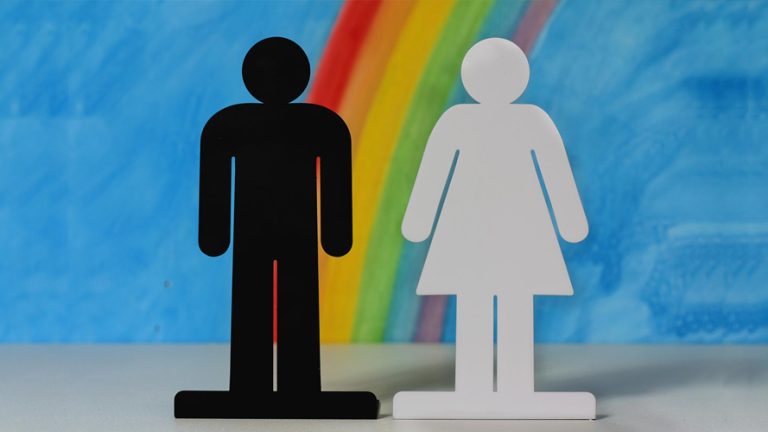This study examines how the concept of empowerment is defined, utilized, and measured for women’s empowerment.
The term women’s empowerment emerged in the 1970s in response to the need for social justice and gender equality. As the term evolved in the 1990s, it was increasingly applied to women who were oppressed and lacked the freedom of choice and action to shape their lives, as well as to discuss how technology empowered women and gender equality participation across multiple sectors in society. More recently it has been used as an outcome and a goal to be achieved is to balance the scales of gender equality and equity.
For this research, the definition used regarding women’s empowerment is a process by which women who have experienced oppression acquire the ability to make autonomous and strategic life choices based on their priorities. Empowerment is achieved when a woman has the resources, agency, and capabilities to execute decisions on matters of importance
Technology empowered women and gender equality have catalyzed communication and networking between and among people on a global scale. However, as ICTs have become ubiquitous and grown in both type and access, a digital divide has emerged. This divide parallels gaps in social contexts, such as income and education, as those who use and benefit from access to technologies often have other resources more readily available. This divide widens the inequity and inequality gaps based on gender, age, disability, or socioeconomic status.
How will technology-empowered women and gender equality have been the subject of global goals, discussions, and debates for many decades? Global discussions, such as the 1995 World Conference on Women: Beijing Declaration and Platform for Action, deliberated and advocated for the inclusion of women in the information society to fully achieve women’s empowerment in connection with ICT.
Women use ICTs much less frequently and intensely than men. In 2016, the International Telecommunications Union (ITU) stated that the percentage of women gaining access to ICT is decreasing with women utilizing ICTs less than men in 2013 and less than men in 2016. The most recent 2018 report indicated that the overall proportion of internet usage for women was lower than men.
Concept of Empowerment and Gender Equality:
Technology empowered women and gender equality is a multi-dimensional and contextual concept that is internal by nature, varies in meaning, and reflects how women self-ascribe it to themselves. This inconsistency in the use of the term empowerment yields a lack of consensus on how empowerment is understood which impacts how research studies and interventions are structured and delivered to ensure maximum effectiveness and generalizability.
While none of the studies included in the review indicated the broader negative outcomes related to the use of ICT, the literature supports a flip side to using technology to empower women. For example, technological advances are disproportionately accompanied by female-directed cyber abuse.
Individual, Community, and Global Knowledge:
Local and national governments need to invest in information-gathering tools that inquire how and why women are using technology to support their lives and families. Equally important is the inquiry of women’s perceptions regarding how they prefer to use ICTs to improve their lives or the barriers they experience in the process. A global survey undertaken by the UN Statistics Division in 2011 indicated that only 30 percent of countries regularly produce sex-disaggregated statistics (such as male: female access to ICT; digital literacy by gender) and existing data collection approaches do not incorporate qualitative components that highlight the voices of women
Lifestyle:
Twelve articles described supportive ICT interventions that focused on behavioral outcomes related to general lifestyle areas, using web-based devices. Commonly, the interventions provided some form of external support for women to improve their overall way of being healthy. These included improving nutrition knowledge and behaviors, promoting healthy food planning, shopping, and eating behaviors, interventions for weight-loss behaviors, and engagement with physical activity coaching. Many of the interventions focused on social networks, for example, peer support for building social capital, and promoting social behaviors through an iPad book club.






Add comment